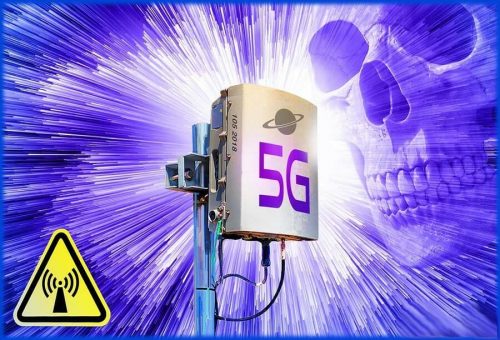5G cell towers are a brand new kind of antenna being utilized by wireless firms to provide internet service. They're more capable than 4g towers and can be bigger and stronger.
Cities are increasingly worried that these towers could be harmful to their residents. This includes aesthetic, privacy and health concerns.
They're bigger
With 5G, the speed that radio waves travel through is greater than 4G- which means it needs more towers in order to transmit data. This increases the amount of radiation that can be released to our surroundings.
This is a huge worry for HOA communities, business owners, real estate investors, as well as those worried about negative health effects. They are concerned that the addition of more 5g towers will decrease the value of properties and adversely affect public health.
The only way to fix this issue is to alter the way we communicate by using WiFi instead of conventional mobile networks. It's unlikely to occur overnight, but it will eventually happen.
But how will that be done? How can we make it safer? The answer is in the technology of a cell tower , which is known as small cells.
They're more expensive
If you live in a city, you've probably noticed large towers of cellular equipment that are atop towers and structures. These are towers that are 4G and are used to offer wireless network service to surrounding regions.
They're typically 50-200 feet talland are constructed to blend into the environment to reduce their visual impact. In comparison to 4G, 5G technology requires greater tower coverage to cover a wider area.
The dense cell sites could make it difficult for them to keep since they require being constantly connected and capable of delivering high speeds. This means they're more costly than other types of towers.
However, if you're a tower owner or the operator of a mobile phone network, it makes sense to upgrade your existing towers to 5G, in anticipation of the arrival of new technologies to the market. The addition of these technologies to existing sites will help to enhance the capabilities of your site and ultimately lead to more income for you.
They're More Dangerous
5g Towers: What's the Problem?
One of the biggest problems with 5g towers is that these emit more radiation than other towers. This is due to the fact that they have to be positioned more densely across an area to ensure coverage.
what is a safe distance from a 5g cell tower emitted by cell phone towers do not contain enough energy to harm DNA directly or heat tissues of the body, however they do break down chemical bonds in DNA, which could harm cells and lead to cancer.
It is a reason to be concerned that living in close proximity to the 5G tower could cause adverse health effects.
That's because the 5G towers tend be situated near to schools and homes, in areas where they transmit radio frequency waves continuously. That means that they will be closer to you than before, and it's more likely that radiation from them will be absorbed by your body.
They're Not Necessary
5G networks depend on an entirely new portion of the spectrum used to transmit data. These are called millimeter waves. They're shorter than traditional radio waves with just 1-10mm in length. They have a higher frequency and can transmit more energy.
To provide the high-speed speeds and low latency 5G promises, you need to have a massive network of cell towers. safe distance from cell tower will require a large number of cell masts to cover cities, roads as well as business districts, colleges as well as farms.

However, there are other alternatives to provide high-speed internet in densely populated areas. One option is to build several tiny cell sites that are densely distributed to eliminate coverage gaps.
However, the biggest concern is where these tiny cells will go and the impact they'll have on residents. Local governments and residents are working to find ways to block these structures or stop them from taking place in their community.
